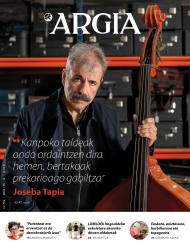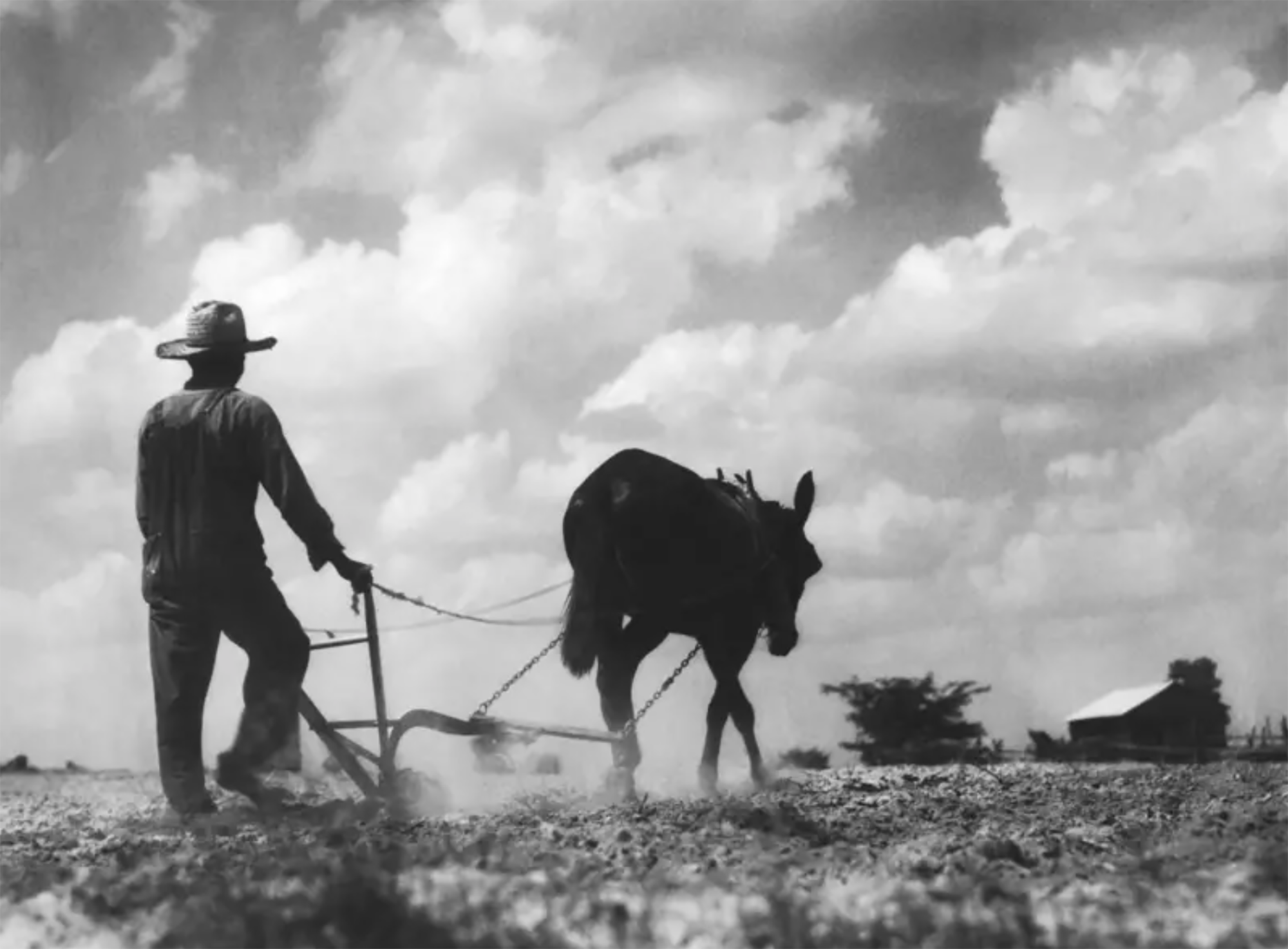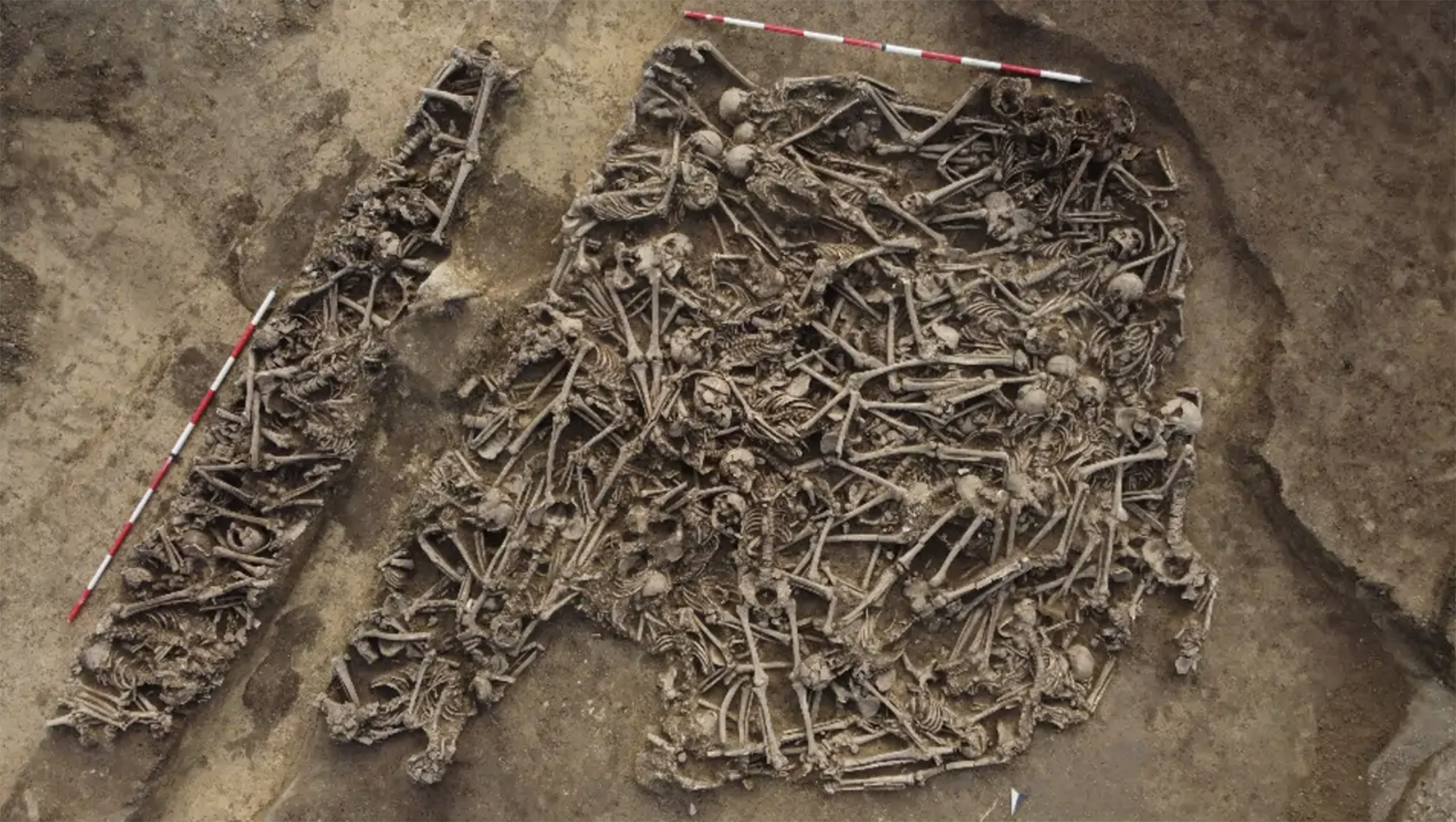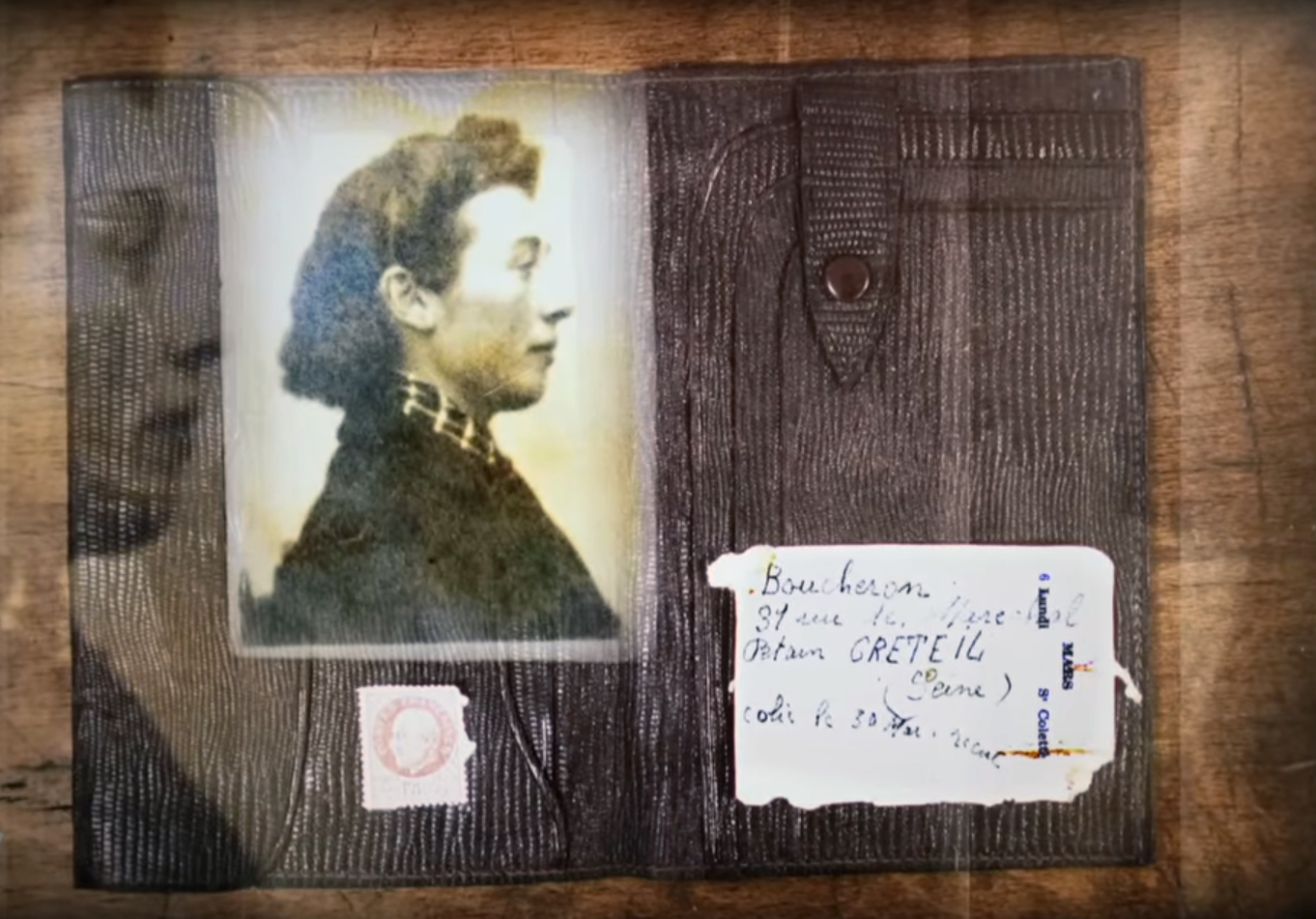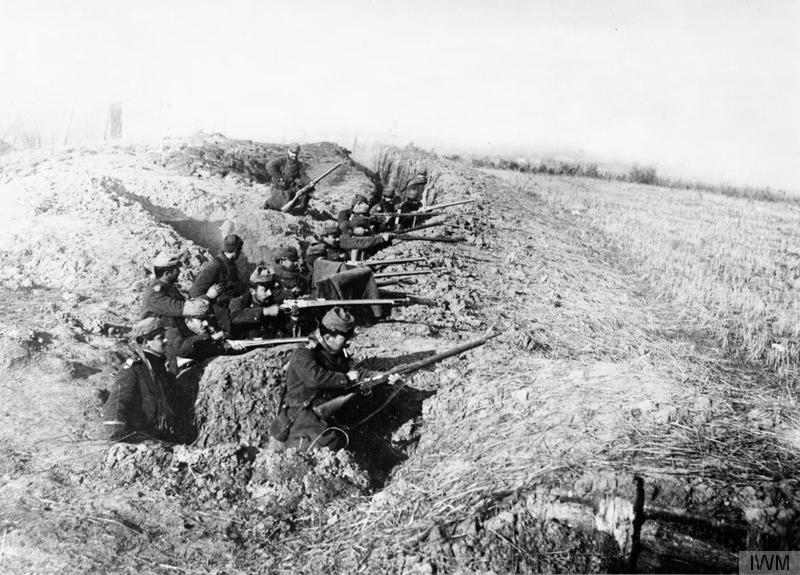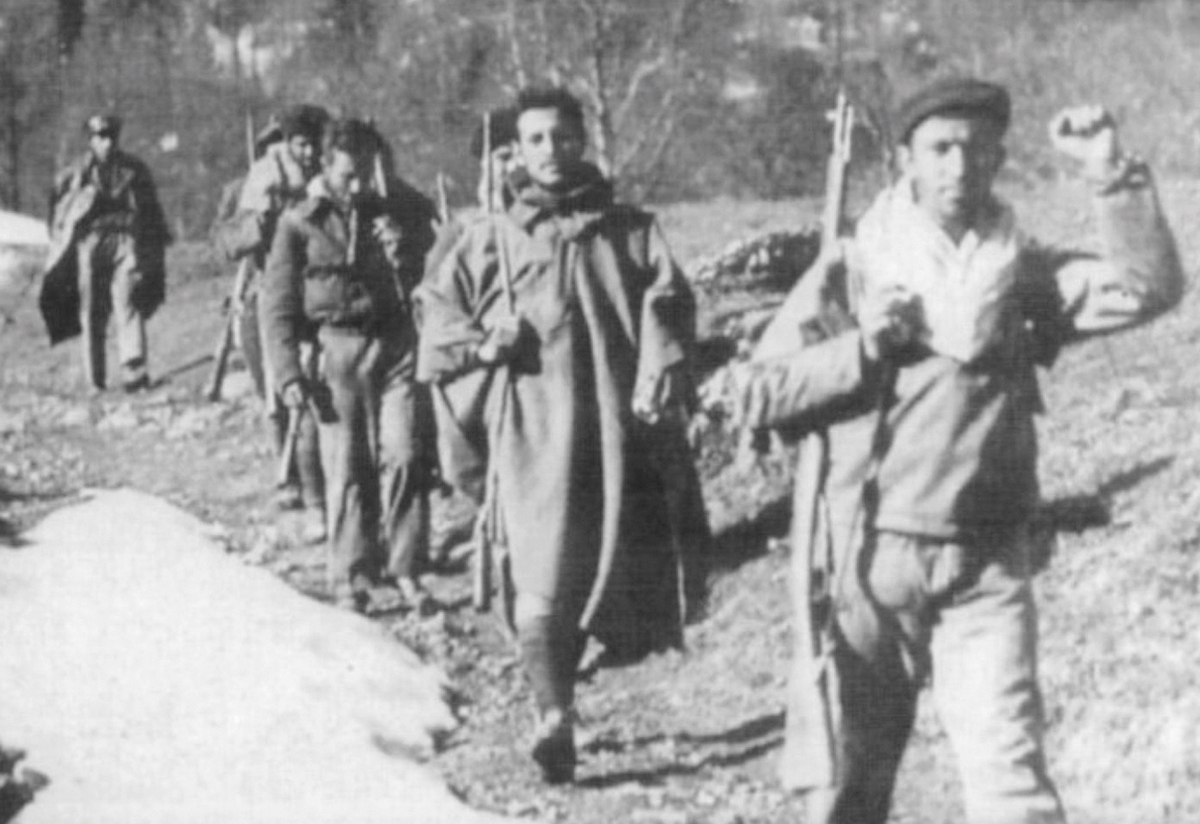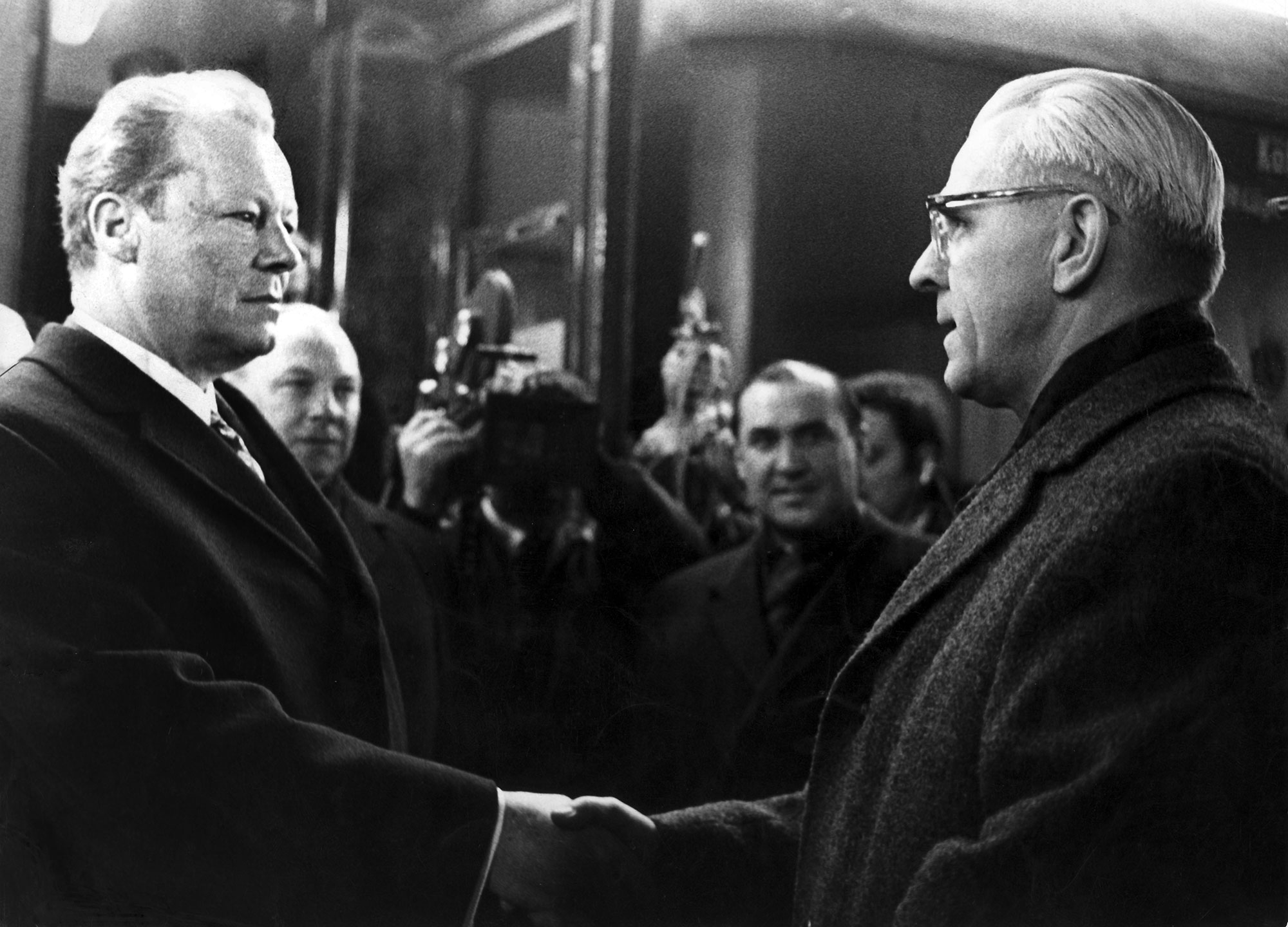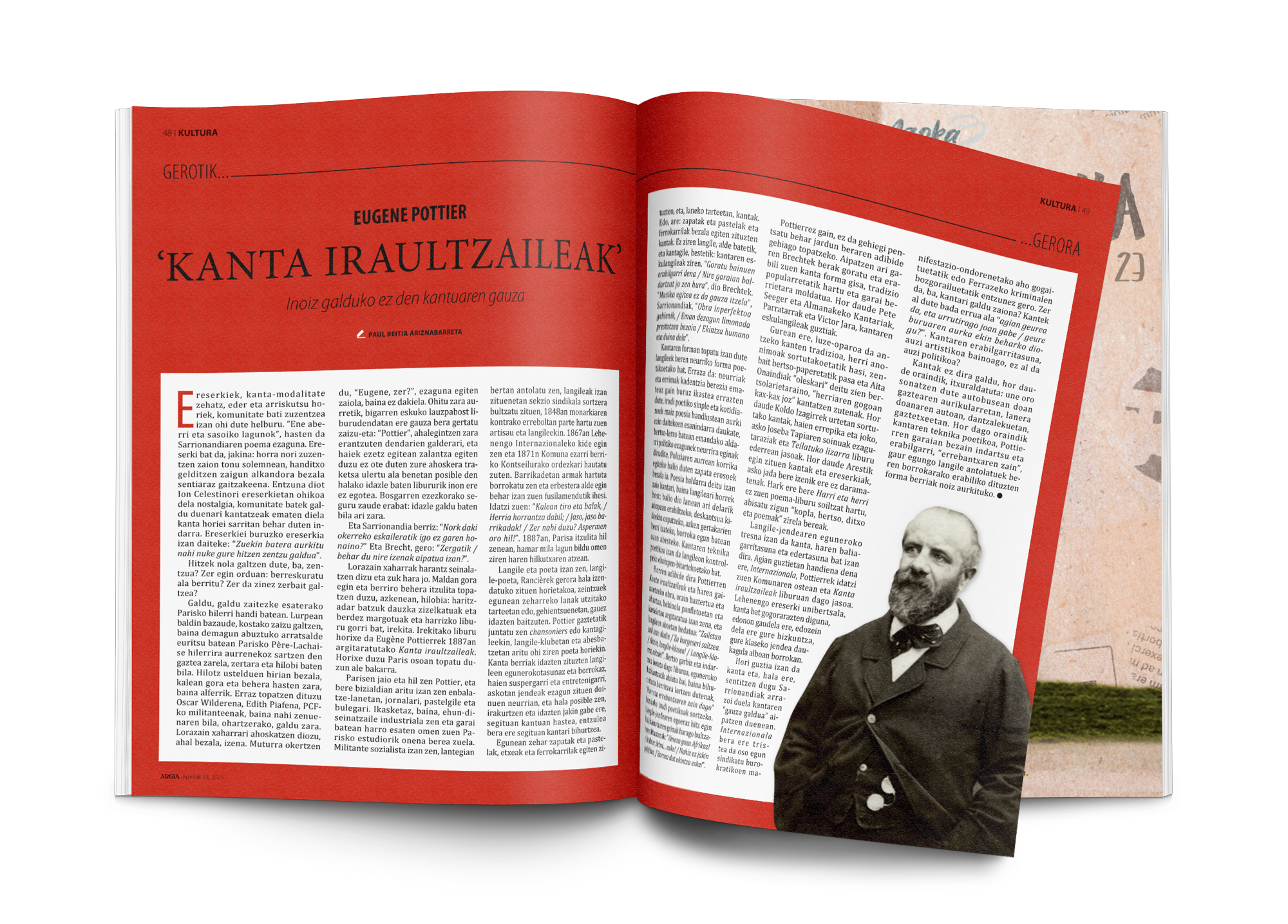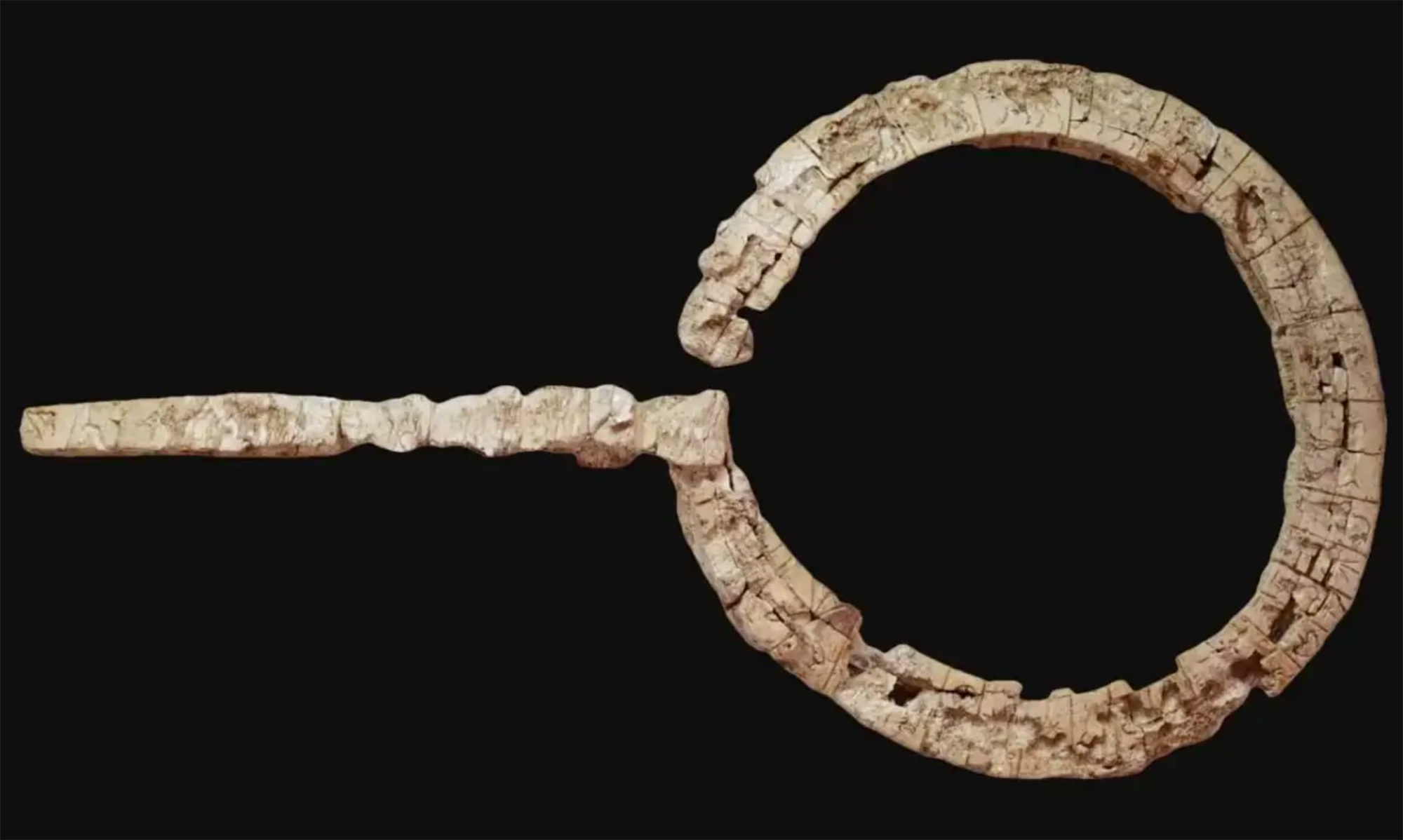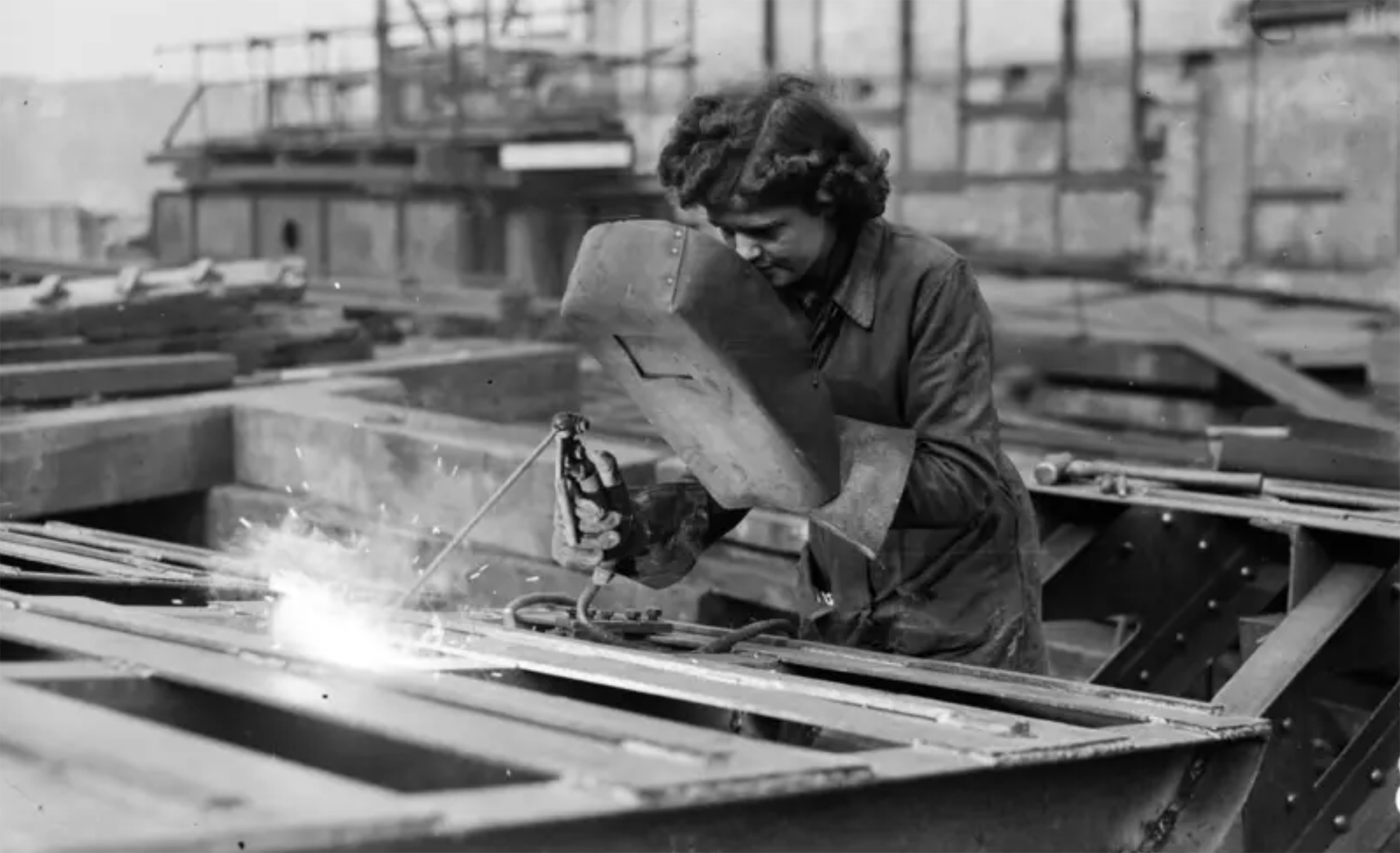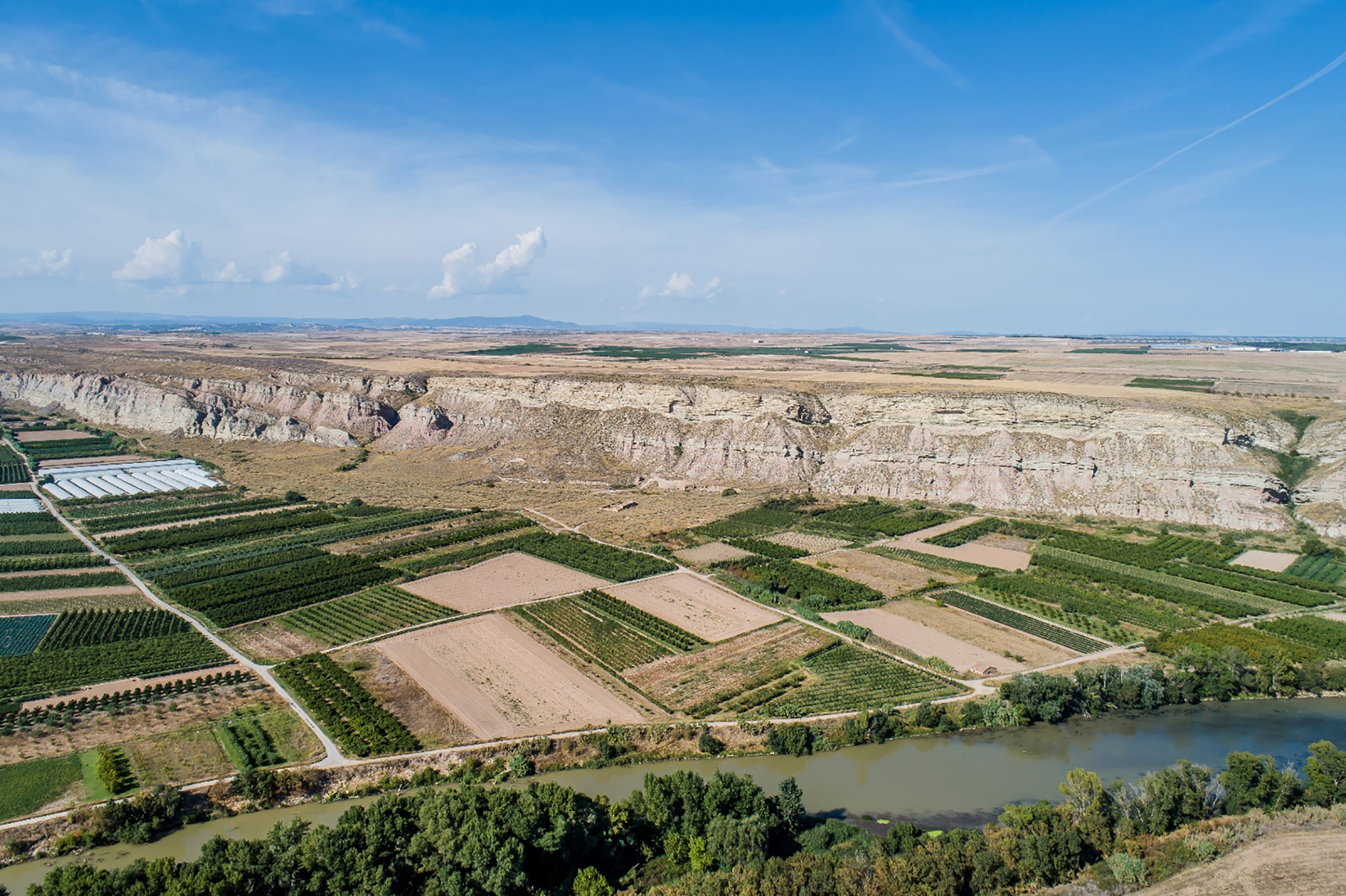Obninsk, the first “peaceful” nuclear power plant
- Obninsk, Soviet Union, 27 June 1954. The nuclear power plant, newly built 110 kilometres from Moscow, was first connected to the grid and was the first nuclear reactor producing industrial energy.
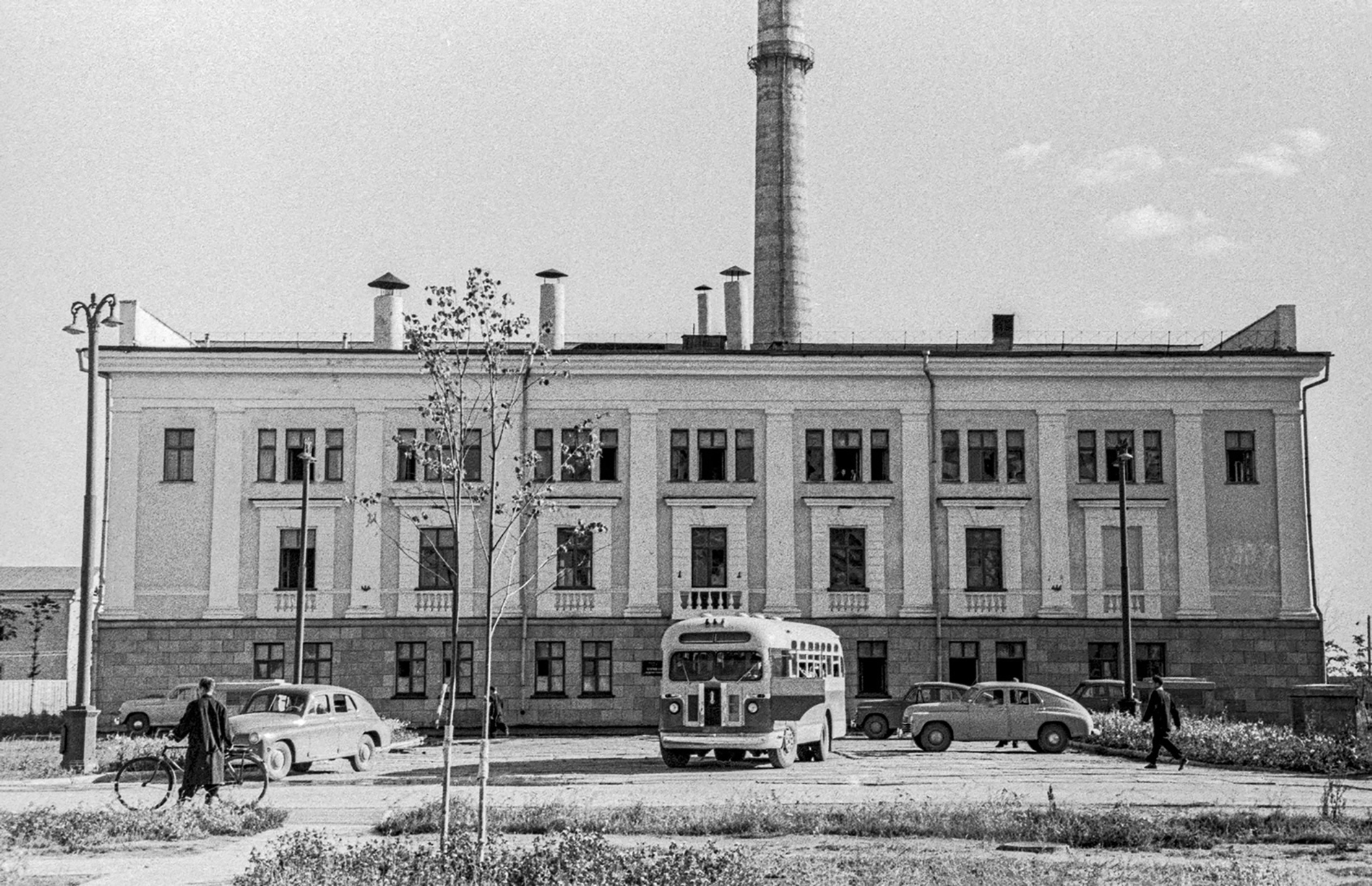
Obninsk was operating successfully until 29 April 2002, when there was no accident at the reactor plant. It has to be said, however, that the reactor produced very small scale energy and, in addition, it spent only four years connected to the public or commercial network; since 1959, the Obninsky reactor was used for the production and research of isotopes.
The construction of the reactor began on 1 January 1951. In a few years they achieved enormous technological development in order to be able to use atomic science for energy production, and not only in the Soviet Union. The Cold War had just erupted and the United States did not want to be left behind in a conflict that was playing at many levels. In 1949, the U.S. Atomic Energy Commission acquired a large site in Idaho, where it built a reactors testing station. The STR Mark I reactor was ready for 1953. And yet, the Soviets won competition.
The military component to win this battle of the Cold War was fundamental, or rather, the abandonment of the military component. The US programme was intended to supply power to warships and submarines, while the Soviets would use it to meet civilian needs. They clearly made the decision consciously: The Obninsky power plant was named Atom Mirny or “peaceful atom.”
This atom was a fundamental milestone in the development of civilian nuclear power plants, but its contribution to peace was not very important; since then war and energy have been more united than ever, and not only in the Moscow environment.
Washington, D.C., June 17, 1930. The U.S. Congress passed the Tariff Act. It is also known as the Smoot-Hawley Act because it was promoted by Senator Reed Smoot and Representative Willis Hawley.
The law raised import tax limits for about 900 products by 40% to 60% in order to... [+]
During the renovation of a sports field in the Simmering district of Vienna, a mass grave with 150 bodies was discovered in October 2024. They conclude that they were Roman legionnaires and A.D. They died around 100 years ago. Or rather, they were killed.
The bodies were buried... [+]
My mother always says: “I never understood why World War I happened. It doesn't make any sense to him. He does not understand why the old European powers were involved in such barbarism and does not get into his head how they were persuaded to kill these young men from Europe,... [+]
Until now we have believed that those in charge of copying books during the Middle Ages and before the printing press was opened were men, specifically monks of monasteries.
But a group of researchers from the University of Bergen, Norway, concludes that women also worked as... [+]
Florentzia, 1886. Carlo Collodi Le avventure de Pinocchio eleberri ezagunaren egileak zera idatzi zuen pizzari buruz: “Labean txigortutako ogi orea, gainean eskura dagoen edozer gauzaz egindako saltsa duena”. Pizza hark “zikinkeria konplexu tankera” zuela... [+]
Ereserkiek, kanta-modalitate zehatz, eder eta arriskutsu horiek, komunitate bati zuzentzea izan ohi dute helburu. “Ene aberri eta sasoiko lagunok”, hasten da Sarrionandiaren poema ezaguna. Ereserki bat da, jakina: horra nori zuzentzen zaion tonu solemnean, handitxo... [+]
Linear A is a Minoan script used 4,800-4,500 years ago. Recently, in the famous Knossos Palace in Crete, a special ivory object has been discovered, which was probably used as a ceremonial scepter. The object has two inscriptions; one on the handle is shorter and, like most of... [+]
Londres, 1944. Dorothy izeneko emakume bati argazkiak atera zizkioten Waterloo zubian soldatze lanak egiten ari zela. Dorothyri buruz izena beste daturik ez daukagu, baina duela hamar urte arte hori ere ez genekien. Argazki sorta 2015ean topatu zuen Christine Wall... [+]







